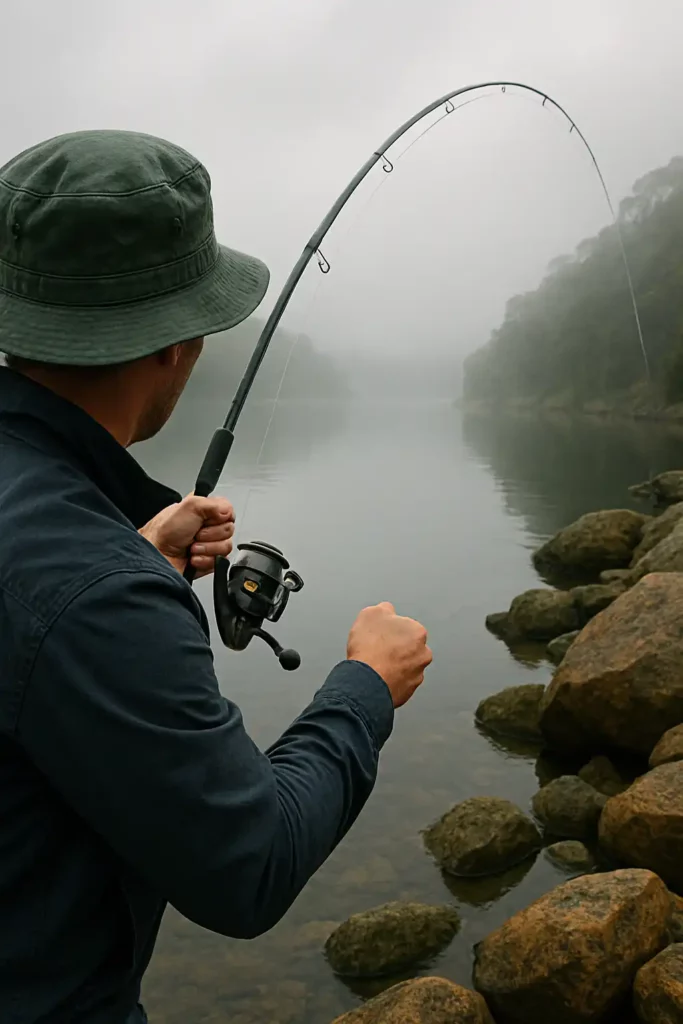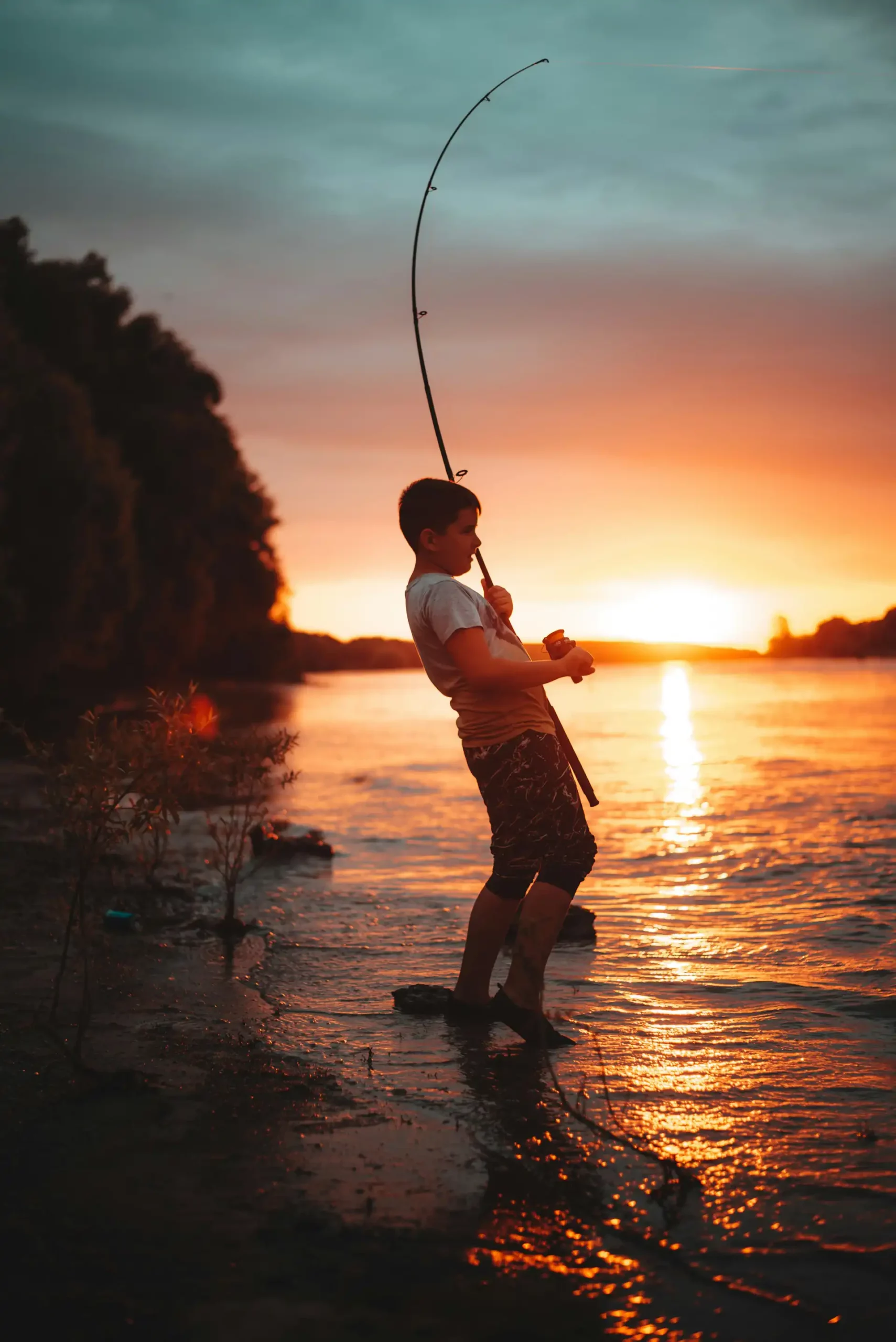
Discover the Best Estuary Fishing Across Tasmania
Tasmania’s estuaries offer some of the most rewarding fishing experiences in the state. From the expansive Tamar River in the north to the sheltered waters of the Derwent in the south, these tidal zones are teeming with diverse fish species. Whether you’re casting from the shore, a boat, or a kayak, understanding the unique characteristics of each estuary can enhance your fishing success.
Tasmania’s estuaries are dynamic, nutrient-rich systems where rivers meet the sea, forming a constantly shifting environment that attracts a wide array of fish species. These transitional zones offer a mix of shallow sandbanks, deep channels, muddy flats, and structured edges — each supporting different types of marine life. From large, open estuaries like the Tamar and Derwent to smaller systems like Little Swanport or the Rubicon, anglers are spoilt for choice when it comes to water types and techniques. The relatively pristine nature of these waterways — free from the heavy development seen on the mainland — means less fishing pressure, clearer water, and healthier fish stocks.
Fishing in Tasmania’s estuaries is all about timing, observation, and adaptability. Tidal flows strongly influence where and how fish feed, with prime times often coinciding with rising or falling water levels. Species like black bream, sea-run trout, flathead, trevally, and mullet respond to subtle environmental cues, rewarding anglers who pay attention to bait activity, water clarity, and current speed. Whether you prefer drifting a bait, flicking soft plastics, or casting from a kayak, the variety of options and the consistent productivity of these systems make Tasmania a standout estuary fishing destination.

This region is home to several productive estuarine systems where freshwater rivers meet Bass Strait. Despite the exposed coastline, many rivers offer calm inlets and backwaters that hold good numbers of bream and flathead. Access is often straightforward, and shore-based fishing can be very productive around high tide.
Northern Tasmania is dominated by the expansive Tamar River system, but also features excellent smaller estuaries like Port Sorell and the Rubicon. These areas combine deeper channels with mudflats, weed beds, and man-made structure — ideal for targeting bream and trevally.
The east coast of Tasmania features a string of scenic estuaries set between long beaches and forested valleys. Water clarity here can be exceptional, and many systems are ideal for light-tackle lure fishing. Smaller rivers can fish well after rain when food washes down from inland.
Southern Tasmania’s estuaries are cooler, deeper, and more influenced by oceanic swell. These systems tend to have more structure and can be incredibly productive year-round. The Derwent River is one of Tasmania’s most iconic fisheries, especially for large bream and sea-run trout.
Estuary fishing in Tasmania requires a versatile approach, as conditions can change rapidly with tides and weather. These environments are influenced by a mix of freshwater flow, wind, salinity, and coastal tides — all of which can shift throughout the day. Anglers need to be prepared for changing conditions by choosing adaptable tackle, staying mobile, and packing with safety in mind.
Safety is especially important in Tasmania’s remote and often unpatrolled fishing zones. Even on calm days, rapid weather changes or strong currents can pose risks, particularly when fishing from kayaks or small boats. Keeping your gear waterproofed, wearing high-visibility clothing, and telling someone your fishing plans are simple but crucial steps. Planning ahead ensures you’re not just prepared to catch fish — you’re equipped to get home safely, too.
Here’s what you’ll need to make the most of your estuary fishing adventures:

Always check local tide charts and weather forecasts before heading out. Sudden changes in water levels can affect both fish behavior and safety conditions.
Tasmania’s estuaries may look calm, but they’re full of subtle cues that can make or break your session. Understanding how fish behave in tidal environments, learning to read the water, and adjusting your tactics to suit conditions can all increase your success. Whether you’re flicking lures for bream or soaking bait for flathead, these tips will help you fish smarter.
Rising and falling tides trigger fish activity. Plan your sessions around the last two hours of the incoming tide or the first of the outgoing tide.
Bream and trevally love cover. Cast near bridge pylons, mangrove roots, rock walls, or submerged logs — just be ready to steer fish out fast.
In clear water, finesse presentations with light leaders and small soft plastics or bait will get more bites.
Don’t wait too long in one spot. If you’re not getting bites, move up or down the bank until you find active fish.
After heavy rain, try fishing the lower reaches of estuaries where saltwater and baitfish concentrate. This is often when flathead and bream are most aggressive.





Affiliate Disclosure: We are a participant in the Amazon Services LLC Associates Program, an affiliate advertising program designed to provide a means for sites to earn advertising fees by linking to Amazon.com. As an Amazon Associate, We earn from qualifying purchases. Your support helps us keep this site running—thank you!